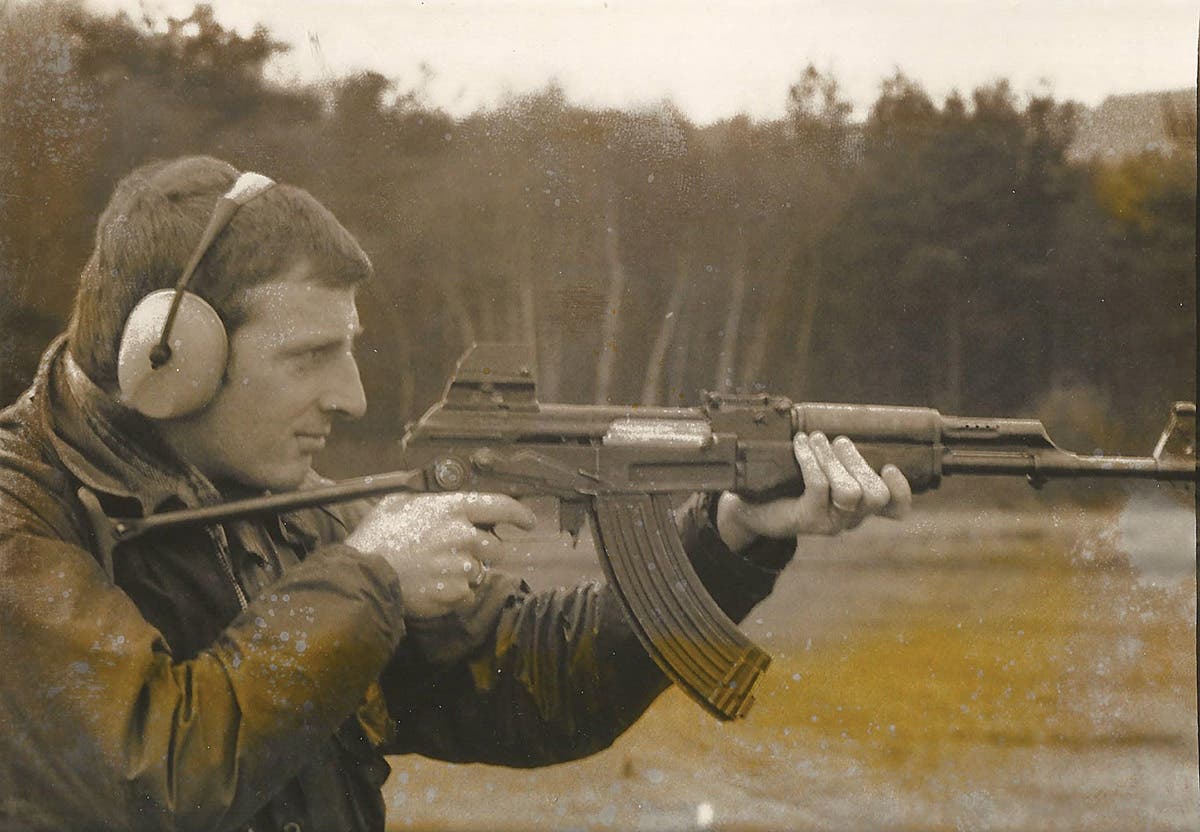“Attack of the Century”
The sinking of the Titanic and the torpedoing of the Lusitania paled in comparison with the disaster of the Wilhelm Gustloff Disaster!
The sinking of the Titanic and the torpedoing of the Lusitania paled in comparison with the disaster of the Wilhelm Gustloff. When the Wilhelm Gustloff succumbed in 1945, it became the greatest sea disaster in all maritime history.
The sinking of the Wilhelm Gustloff in 1945 remains the greatest maritime disaster in history. Signal Magazine
A passenger ship belonging to Robert Ley's German Labor Front, the Wilhelm Gustloff, was named after a Nazi martyr. The Deutsche Arbeitsfront (D.A.F.) operated the ship before the war to take Kraft durch Freude (K.d.F.) members and their families on pleasure cruises to European and Mediterranean ports. Her last voyage, though, was far from a pleasure cruise--it ended in catastrophe.
8,000 PERISH
As the avenging Red Army stormed through Poland and East Prussia, everyone, who could, tried to escape to the West. They fled in panic hoping to avoid the revenge of a people who had been subject to the bestiality of German occupation. All of the area's ports were crammed with refugees hoping to find passage away from the Russian onslaught.
Though not identified, these German wounded were photographed as soldiers loaded them into a K.d.F. passenger liner. When the Wilhelm Gustloff was sunk, she was carrying hundreds of stretcher cases.
The German Navy ("Kriegsmarine") made valiant efforts to provide vessels for their escape. In port at Gothenberg (now Gydinia, Poland), the Wilhelm Gustloff was packed with at least 8,000 people (in the confusion no accurate count could be taken). Included in this number were hundreds of German military wounded--mostly stretcher cases--a large contingent of German Army nurses valuable military specialists, and an indeterminate number of families.
As the ship headed out into the frozen Baltic Sea, the Soviet submarine C-13 discovered the Wilhelm Gustloff and sent the estimated 8,000 people to their doom. A few hundred were rescued from the frigid Baltic, but most died later from exposure.
The "Attack of the Century"?Badge featured the profile of the C-13, the Soviet submarine that sunk the Wilhelm Gustloff. The screw-back badge is approximately 35mm wide by 25mm high.
To the credit of the Kriegsmarine, more than two million people were evacuated from Polish and East Prussian ports before the war's end. Soviet submarines were able to sink only about a dozen German vessels, one of which, unfortunately, became the greatest ever disaster in maritime history.
The British Royal Air Force (RAF) ran a close second to the Russian Navy when being credited with the greatest sea disaster. The RAF had bombed and sunk the German vessel Arcona in the harbor of Lubeck. Tragically, it contained an estimated 7,000 concentration camp prisoners who were being moved in the face of the rapidly advancing Red Army.
TREASURE?ONBOARD?
Rumor had it that the priceless Amber Room, a noted Russian historical treasure that had been looted from the Palace of Tsarskof near Leningrad, was aboard the Wilhelm Gustloff and was lost with her sinking. The room had been dismantled by East Prussian Gauleiter Erich Kock, who had it stored in a castle in Konigsburg and supposedly had it surreptitiously loaded aboard the vessel for shipment to Germany.
SOVIET?MEDAL?HONORS THE?SINKING
Years later, the Soviets celebrated the anniversary of the sinking of the Wilhelm Gustloff by issuing a commemorative badge that honored the Red Navy's "heroic submarine C-13." The badge consists of an oval-shaped wreath of bright brass. It is a screw back, 35mm wide by 25mm high, showing a starboard side view of a submarine in silver metal. Below the submarine, a red scroll declares "The attack of the Century" with the date 30 January 1945. The conning tower of the submarine is marked "C-13."
Even though the sinking of the Wilhelm Gustloff resulted in an epic loss of human life, the Russians celebrated it as a glorious event. From the then-Soviet point-of-view, "a dead German was a good German," and the C-13 had produced a record number of "good Germans" in eyes of the Soviet motherland.
Clem graduated from Jesuit Catholic Preparatory School in New Orleans in 1948, joined the US Navy Reserves, served in the US Army Signal Corps during the Korean War and attended the US Merchant Marine Academy.
He served 30 years aboard numerous merchant ships which allowed him to pursue his childhood passion of collecting military insignia. During his seven years of sailing in and out of Vietnam, Clem acquired an unimaginable collection of Vietnam War insignia. Every country’s port was a gold mine of tailor shops and junk stores.
In 1989, Clem took over the Vietnam Insignia Collectors Newsletter from Cecil Smyth. He quickly became the de facto overseer of the hobby.
Clem contributed numerous articles on various military insignia to Military Trader and Military Advisor. Clem died at the age of 87 on 3 February 2018. His knowledge and expertise will be missed. He will long be remembered. — Bill Brooks





